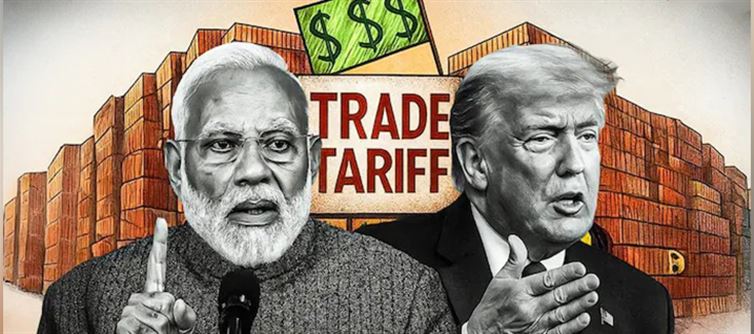
One of the key complaints is the lack of transparency in how taxes are presented to consumers. Goods with a printed Maximum Retail Price (MRP), such as a ₹40 soap, rarely break down the base price and the tax component on the label. If the price includes ₹30 as the product cost and ₹10 as GST, the consumer has no clear way of knowing this without digging into GST rates and doing their own calculations. Such opacity leaves taxpayers disconnected from the reality of how much they are contributing to government coffers with each purchase, eroding trust in the system. Critics believe that greater disclosure could make consumers more aware and possibly push for more accountability in how tax revenue is spent.
Fuel purchases are another major pain point, as petrol and diesel prices in india are heavily inflated by multiple layers of taxation — excise duty, VAT, cess, and more — yet petrol bunks rarely display a detailed per-litre tax breakdown. Citizens are left paying some of the highest fuel prices in the world without clarity on where their money is going. Mandatory, visible tax disclosures at fuel stations and on consumer goods could be a first step towards demystifying the country’s taxation structure. Supporters of such measures argue that once taxpayers can clearly see the extent of government levies in everyday transactions, there will be greater public demand for fiscal responsibility and better governance.




 click and follow Indiaherald WhatsApp channel
click and follow Indiaherald WhatsApp channel